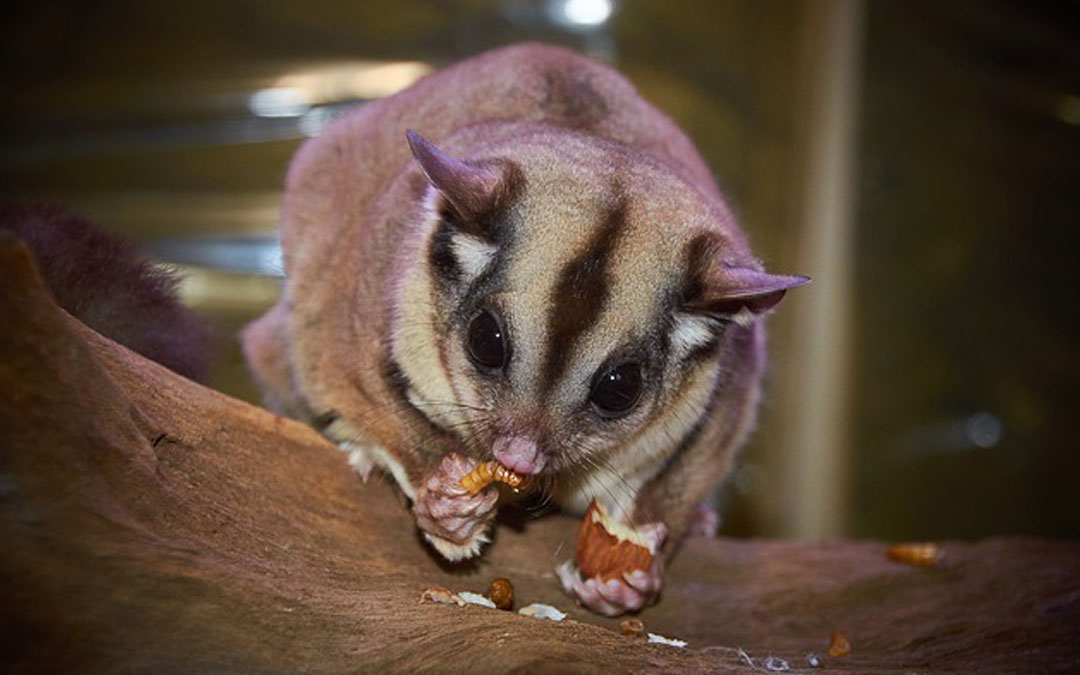Banyule’s No Local Species Extinction plan – part 2

Jen Willis interviewed Banyule’s biodiversity adviser, Paul Davis about the No Local Species Extinction Plan that Council are developing.
If you haven’t already, you can read the first part of the interview with more information about the six key indicator species chosen and the stages for community involvement.
What can residents do to help retain our local species?
There’s real practical things people can do right now to help with species extinction:
1. Think local, plant local – local indigenous plants are proven to have the best benefits for our local fauna, especially the species highlighted in the plan. Some of the species require large, hollow bearing trees for their survival, which isn’t always possible in a back yard, but the supporting vegetation around them is just as important for other species that interact with these threatened species, as well as providing overall positive benefits to the local environment.
2. Think about your choices – the lower your impact on the environment, the better. Think about the products you buy, how they are produced, where they are made. Low product miles ensure less carbon emissions and obviously the more we can re-use, the less we throw away.
3. Gardens for Wildlife – Banyule had a highly successful (but young) Gardens for Wildlife program (check with your local Council to see if they have a G4W program or similar). Our trained volunteer Garden Guides will come around to your house, local business or school to offer free advice on how you can improve habitat in your gardens and greenspaces. You also get a report with all of the things you have discussed, a number of supporting environmental brochures and documents, get to chat to lovely like-minded people AND…. 20 free local indigenous plants to start or enhance your wildlife garden. Open to all residents in Banyule and the only requirement is you want to support local wildlife.
4. Join a local Friends Group in Banyule or your local government area – these volunteer groups are crucial to Councils and enable the community to do hands-on practical environmental work.
5. Observe and record – even if an area doesn’t have a program for monitoring plants and animals: record, record, record. Chances are there will be someone, somewhere looking for information on local plants and animals and the more data available, the better. iNaturalist (website & app) is a great place to start for all observations and one that is fairly easy to engage with and is being used more and more.
6. Spread the word – be a champion for the environment generally, inform your local members about the importance of protecting our local species. The community has great power to advocate for positive environmental outcomes and can make real positive change locally and beyond with a collective voice.
If residents want to try and observe some of these indicator species could you provide some suggestions of the types of habitats they should go to?
Locations are yet to be finalised on all of the species in this plan, but any of your local conservation reserves, creeks, rivers and natural areas in a local government area can be great starting points. These spaces are the natural homes for many of our local animals and are always the best places to start to observe generally. You may even find something new and exciting. Not to mention that these spaces are just amazing and overall beneficial to your own wellbeing to be in a space that essentially is nature in suburbia.
If they do observe these species, how would you recommend they record them ongoing?
It’s best to record any observations on iNaturalist as it is the most widely used citizen science observation program out there. It also is great as observations are vetted by professionals before they are accepted, so there is a high level of accuracy with observations. At the same time, people can generally make a guess to what they are observing and someone will help you make the correct identification.
At Banyule, we have already set up a program that captures all observations on iNaturalist in the Banyule LGA and all people need to do is simply make a recording and put in their location. It automatically captures the finding in the project and no more needs to be done from the person inputting apart from smile and know you have contributed to local species knowledge building!
Would you like to comment on species extinction in Australia more generally?
Last comment would be that as a society, we have taken away so much from our local environment since European settlement and we are all responsible for what happens to this land. We have a collective responsibility to support the things that don’t have a voice and are the first to feel the impact of the decisions we make.
Australia has the sad statistic of being a world leader in species extinction and the time is now to change the course of this. As a community, be the champion for the environment. Don’t be afraid to talk to anyone about environmental issues you believe in. As local governments, we have the ability to make changes in the way we do things on public land and help to advocate how the private sector can contribute also. We don’t always get it right, but we can make steps to improving and supporting our local environments.
It’s really great to see that people are engaging so passionately in this space.
Written by Jen Willis
